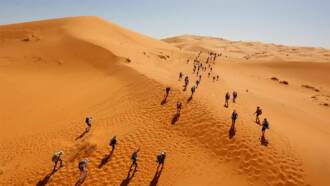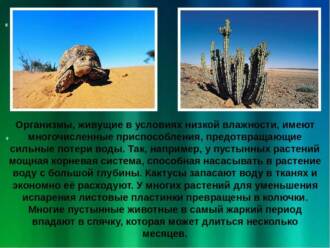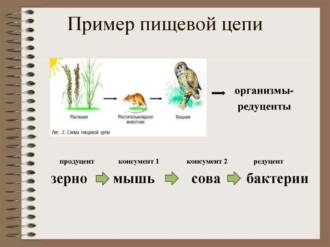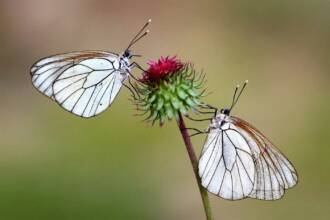
Butterflies play an important ecological role in deserts, affecting diverse aspects of the natural environment. One of the main contributions of butterflies to the desert ecosystem is their participation in the process of pollination. Butterflies, being flower visitors, transfer pollen from one flower to another, promoting plant reproduction and maintaining biodiversity.
Of particular interest are pollinating butterflies, which specialize in pollinating certain plant species. They have certain adaptations that allow them to efficiently collect pollen and transfer it to other flowers. Some butterfly species have long proboscis that allow them to reach deeply located nectar in flowers, while others have special woolly legs on which pollen easily sticks.
In addition to pollination, butterflies also play an important role in the life cycles of desert ecosystems. They are food for many other animals, including birds, lizards and spiders. In addition, butterflies can serve as indicators of the state of the ecosystem, as they are sensitive to changes in the environment. Their presence or absence may indicate stability or imbalance in the natural environment.
In general, butterflies play an important role in maintaining biodiversity and the functioning of desert ecosystems. Their participation in plant pollination and their role in food chains make them an integral part of the desert ecological system.
The role of butterflies in deserts
Butterflies play an important role in desert ecosystems, performing several functions including pollinating plants and participating in life cycles.
Pollination of plants
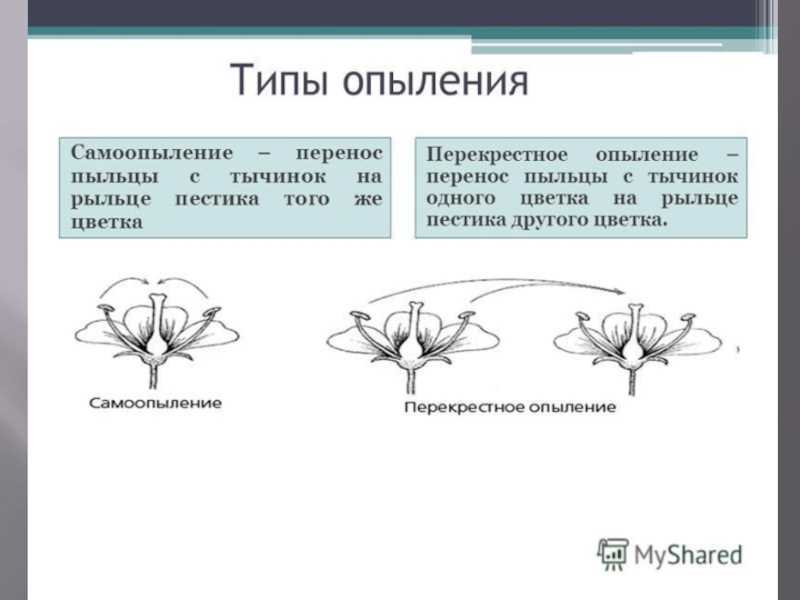
Butterflies are one of the main pollinators of plants in desert conditions. They carry pollen between flowers, aiding the pollination process. This allows plants to reproduce and provides diversity in the desert flora.
Cycles of life
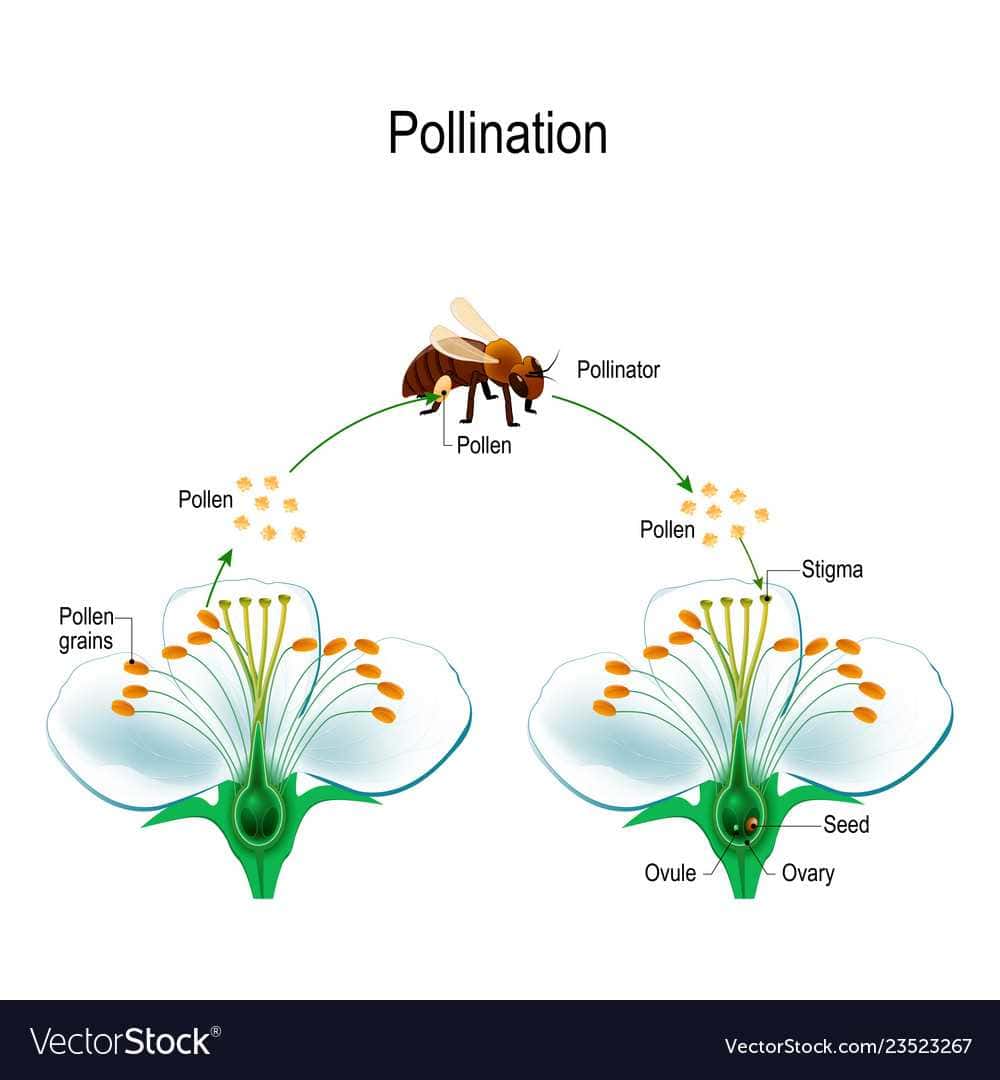
Butterflies also play an important role in the life cycles of desert ecosystems. They go through metamorphosis, starting their lives as caterpillars and turning into beautiful butterflies. Caterpillars feed on plants, collecting nutrients and energy for their growth. The adult butterflies, in turn, provide food for other animals such as birds and lizards in the desert food chain.
Thus, butterflies play an important role in maintaining biodiversity and the functioning of desert ecosystems. They not only pollinate plants, but also serve as food for other animals, contributing to the sustainability and vitality of desert flora and fauna.
Ecological importance of butterflies in deserts
Butterflies play an important role in the desert ecosystem, serving several ecological functions. One of the key contributions they make is flower pollination. Thanks to their flight and ability to transfer pollen from one plant to another, butterflies contribute to the reproduction and development of plants in desert conditions.
Pollination of plants is an important process that allows them to produce seeds and reproduce. Butterflies, feeding on the nectar of flowers, transfer pollen from the stamens to the pistils, which contributes to the fertilization of plants. Thus, butterflies play the role of intermediaries in the reproduction of plants and maintaining their populations in desert conditions.
It is important to note that the flower visitor butterfly is not only a carrier of pollen, but also a source of food for other living creatures in the desert. Many birds, lizards and other insectivorous animals feed on butterflies and their caterpillars. Because of this, butterflies are an important part of the food chain in desert ecosystems.
In addition, butterflies also serve as indicators of the ecological state of desert regions. Changes in butterfly populations may indicate changes in habitat quality and environmental problems. Therefore, studying butterflies and their populations in desert regions allows us to obtain information about the state of the ecosystem and take measures to preserve and restore it.
Pollination of desert plants by butterflies
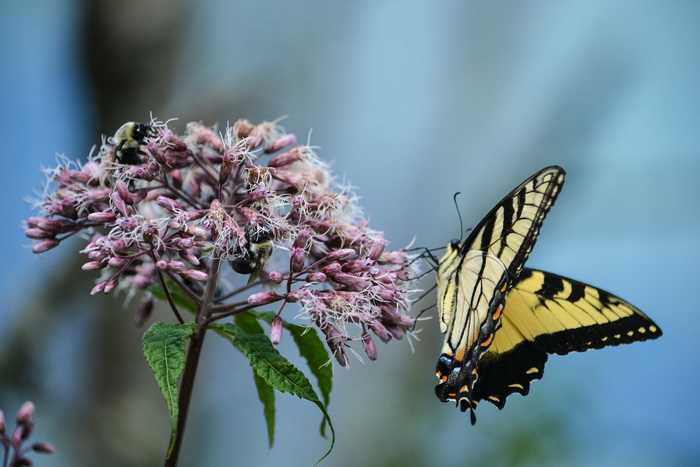
Butterflies play an important role in pollinating plants in desert ecosystems. They are one of the main pollinators, ensuring the diversity and productivity of the desert flora.
Butterflies are attracted to flowering plants by their bright colors and intricate patterns on their wings. They collect nectar, which is a source of food for them, and in the process of transferring pollen from one flower to another, they pollinate plants.
Pollination of desert plants by butterflies promotes the reproduction and diversity of the plant world. Thanks to butterfly pollination, desert plants can produce seeds and fruits, allowing them to reproduce and maintain their populations.
Butterfly pollination also helps maintain biodiversity in desert ecosystems. The diversity of butterfly species allows them to pollinate various plants, which helps preserve the diversity of desert flora.
The development cycle of butterflies in deserts
The development cycle of butterflies in deserts has its own characteristics, determined by the extreme conditions of dry and hot climates. It consists of several important stages, starting with the laying of eggs.
Laying eggs: Butterflies that live in deserts lay their eggs on special plants that can survive in dry conditions. This allows for the survival and nutrition of the caterpillars that emerge from the eggs.
Caterpillar development: After hatching from the eggs, the caterpillars begin to actively feed in order to gain sufficient energy for subsequent transformation into a pupa. They feed on plants that grow in desert conditions and can withstand dry conditions.
Transformation into a chrysalis: When the caterpillar reaches the desired size, it turns into a pupa. This stage is a transitional one, during which internal transformations occur and the caterpillar turns into an adult butterfly.
Flight of an adult butterfly: After a certain period of time in the pupa, the butterfly flies out of it, completely transformed. She is ready to pollinate plants and continue her development cycle.
Thus, the development cycle of butterflies in deserts is adapted to life in harsh conditions and ensures the preservation of populations of these insects in such ecological systems.
Butterfly interactions with other species in deserts
Butterflies play an important role in desert ecosystems, interacting with various plant and animal species. They are one of the main pollinators of desert plants, transferring pollen from one flower to another and facilitating their reproduction.
Butterfly pollination is especially important for plants that cannot self-pollinate or rely on pollination by wind or other types of insects. Butterflies are attracted to flowering plants because of their vibrant colors and sweet nectar scent. While visiting flowers, butterflies receive food in the form of nectar, and pollen sticks to their body and is transferred to the next flower, where pollination occurs again.
Butterfly interactions with other species also occurs through their life cycles. Butterflies go through different stages of their development, starting from an egg, developing into a caterpillar, then into a pupa and finally into an adult butterfly. At each stage they interact with different species of plants and animals.
Butterfly caterpillars feed on vegetation, especially leaves and stems. During this process, they can harm plants, but also serve as a food source for other animal species such as birds and lizards. When the caterpillar is old enough, it turns into a pupa, which protects it from predators and provides the conditions for it to develop into an adult butterfly.
Adult butterflies are food for many predators, including birds, insectivores and spiders. They can also play an important role in food webs, transferring food chains from vegetation to predators. Some butterfly species can also perform mimicry, or imitate other species, to avoid predators.
Butterfly interactions with other species in deserts are a complex and important aspect of ecosystems. They not only pollinate plants, but also serve as a source of food for other animals and participate in the food chains of desert ecosystems.
Adaptations of butterflies to harsh desert conditions
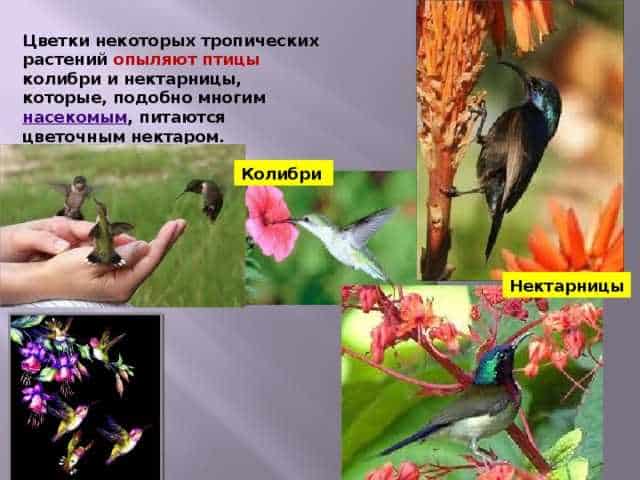
Butterflies that live in deserts have a number of adaptations that allow them to survive in dry and hot conditions. One of the main adaptations is the ability of butterflies in desert areas to conserve moisture.
Moisture retention. Butterflies in desert areas have a fairly dense covering on their wings, which helps them reduce moisture evaporation. In addition, waxy layers often form on the skin of butterflies, which prevent moisture loss. These adaptations allow butterflies to maintain their body moisture and survive in conditions with limited access to water.
Food preferences. Butterflies that live in desert areas often have specific food preferences. They may be adapted to feed on plants that are rarely found in other regions. Some desert butterflies can even feed on the nectar of certain flowers that only grow in desert conditions. This allows them to obtain sufficient energy to survive in such harsh conditions.
Hibernation. Many desert butterflies go through a period of hibernation during extreme heat or drought. During this period, they lie at the bottom of desert rivers or caves, where a cooler and more humid environment remains. This allows them to conserve energy and survive until more favorable conditions arrive.
Disguise. Most butterflies in desert areas have light and sandy shades on their wings, which helps them camouflage themselves against desert landscapes and avoid predators. This adaptation allows them to stay safe and survive in harsh desert environments.
Impact of climate change on butterfly populations in deserts
Climate change is having a significant impact on butterfly populations in deserts. Changing temperature conditions and precipitation levels lead to shifts in the distribution and seasonality of plants that provide food for butterflies. This affects the availability of food for the caterpillars, and therefore their survival and population.
One of the main factors caused by climate change is the increase in the frequency and intensity of droughts. During periods of drought, the number of plants available for butterfly caterpillars to feed on is reduced. This could lead to butterfly populations declining or even disappearing from certain desert areas.
In addition, climate change may alter the flowering season of plants that provide nectar for adult butterflies. If flowering occurs earlier or later than usual, this may result in a mismatch between when butterflies are active and when food is available. This can negatively impact butterfly populations and their ability to reproduce.
It's also worth noting that climate change may affect how butterflies interact with other organisms in a desert ecosystem. For example, climate change may alter how butterflies interact with the host plants on which they lay their eggs. This can affect the reproductive success and survival of caterpillars.
Thus, climate change is having a major impact on butterfly populations in deserts. They can lead to population declines, changes in seasonality of activity and food availability, and changes in the butterflies' interactions with other organisms in the desert ecosystem. Understanding these influences is an important step in conserving and protecting biodiversity in desert regions.
Threats and conservation of butterflies in deserts
Butterflies, like other living organisms, face various threats in desert ecosystems. One of the main threats is habitat loss. Rapid human activity in desert areas is destroying the natural habitats of historical butterflies.
The second threat is climate change. The inability of butterflies to adapt to rapid changes in temperature and precipitation could lead to a decline in their numbers and diversity in desert regions.
The third threat is the use of pesticides in agriculture. They can negatively affect butterflies, both adults and their eggs and caterpillars. The use of pesticides near desert areas can lead to their poisoning and death.
Protecting butterflies in deserts requires complex measures. One of these measures is the creation of reserves and national parks where butterflies will be provided with protection and preservation of their habitats. It is also necessary to monitor the number and diversity of butterflies in order to track changes and take timely measures to protect them.
It is also important to conduct educational work among the population to increase awareness of the importance of butterflies in desert ecosystems and their role in plant pollination. The use of environmentally friendly farming practices should be encouraged and the use of pesticides should be limited to nearby desert areas.
The importance of conserving butterfly habitats in deserts
Butterflies play an important role in the ecological system of deserts, and their habitats must be conserved to maintain biodiversity and balance in these unique ecosystems.
The first thing butterflies do in deserts is help pollinate plants. As pollenizers, they transfer pollen from one flower to another, promoting the formation of fruits and seeds. Without butterflies, many plants in deserts will not be able to reproduce, which can lead to a decline in their numbers and even the extinction of some species.
In addition to pollination, butterflies are also an important link in the food chain of desert ecosystems. They provide a food source for many animals, including birds and mammals. If butterfly habitats are destroyed or their numbers decline, this could disrupt the food chain and threaten the survival of other species.
In addition, butterflies are indicators of the state of the ecosystem. Their presence or absence may indicate the health and balance of desert ecosystems. If butterfly numbers are declining, it may be a sign of problems in the ecosystem, such as pollution, habitat loss or climate change. Therefore, conserving butterfly habitats in deserts will help maintain the health and resilience of these unique ecosystems.
The role of butterflies in desert biodiversity

Butterflies play an important role in desert biodiversity, performing several functions including pollinating flowers and participating in plant life cycles. They also provide food for other animals and help maintain the balance of the ecosystem.
Pollination of flowers
Butterflies are important pollinators of flowering plants in desert ecosystems. They transfer pollen from one flower to another, facilitating the pollination process and allowing plants to reproduce. Thanks to this process, the emergence of new plant species and the maintenance of plant diversity in desert regions are possible.
Plant life cycles
Butterflies also play an important role in plant life cycles. Adult butterflies feed on nectar from flowers, while their caterpillars feed on leaves and other plant parts. As caterpillars eat plant matter, butterflies act as plant population regulators and help maintain balance in the desert ecosystem.
Thus, butterflies play an important role in desert biodiversity by pollinating flowers, participating in plant life cycles, and maintaining balance in the ecosystem. Their presence helps maintain the diversity of the plant world and provides food for other animals. Protecting and conserving butterfly populations in desert regions is essential for maintaining biodiversity and ecosystem stability.
International research into the ecological role of butterflies in deserts
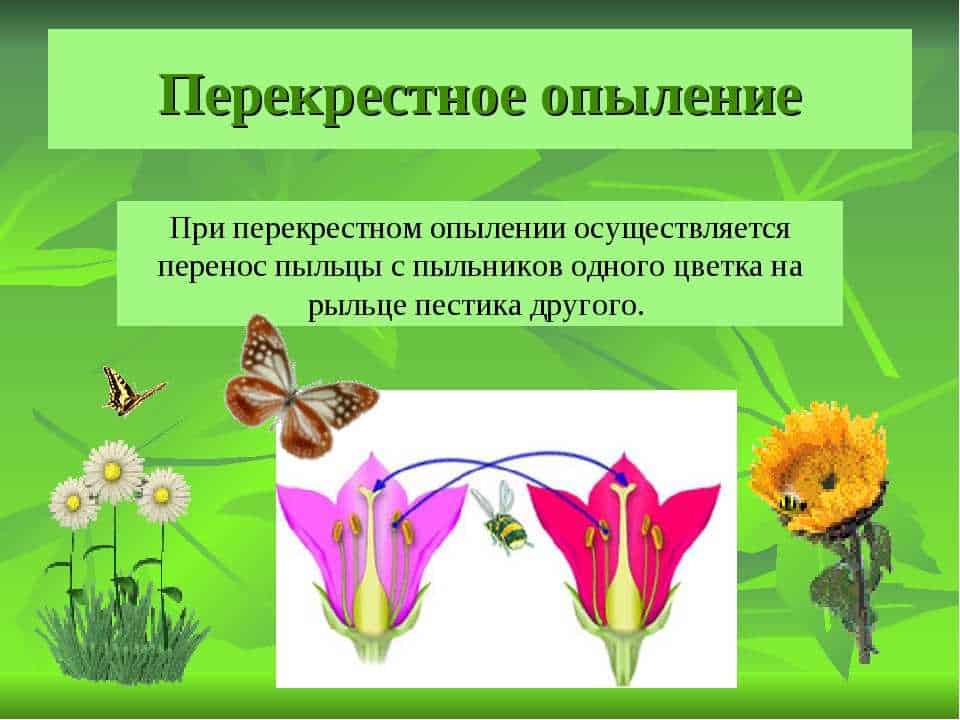
International research is devoted to studying the ecological role of butterflies in deserts and their impact on biodiversity and the sustainability of ecosystems. Research is being carried out in various parts of the world where deserts are a characteristic natural landscape.
One of the main areas of research is pollination carried out by butterflies in desert ecosystems. Butterflies are important pollinators of many plants, including in desert conditions. Research shows that pollinating butterflies contribute to plant diversity and plant populations in desert regions.
In addition to pollination, research is also focusing on the life cycles of butterflies in desert environments. They are adapted to harsh desert conditions, which makes them especially interesting to study. Some butterflies can remain in the caterpillar stage for long periods of time, hibernating during periods of unfavorable conditions in order to survive in desert environments.
International research is providing greater insight into the ecological role of butterflies in desert ecosystems and understanding what mechanisms support resilience and biodiversity in these regions. These studies are important for the development of effective measures for the conservation and protection of desert ecosystems and their unique biological heritage.

